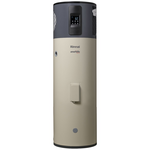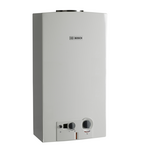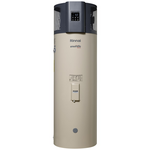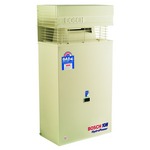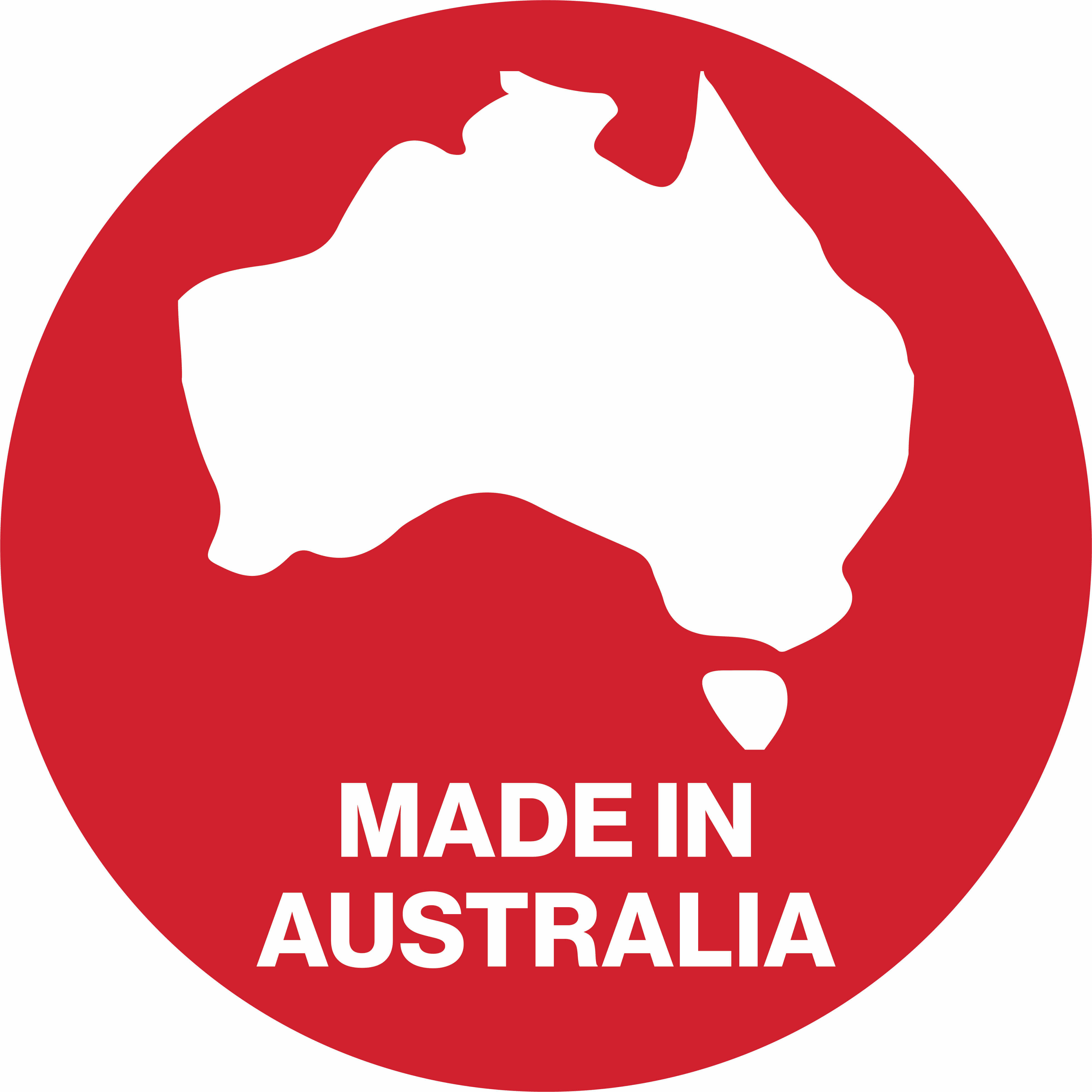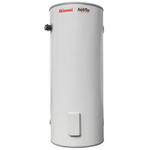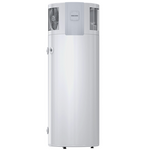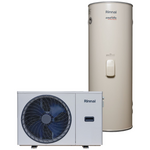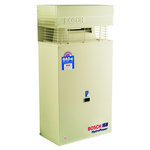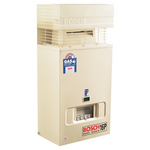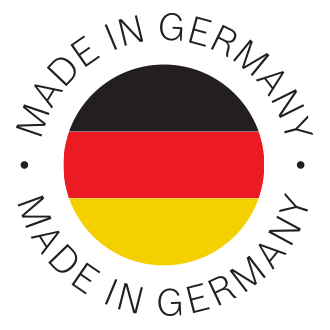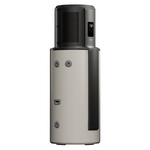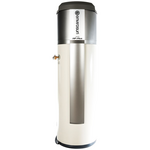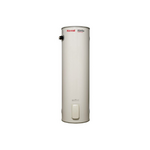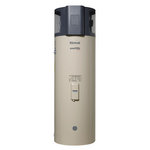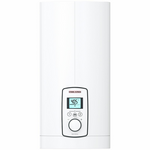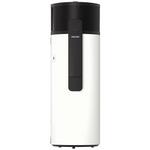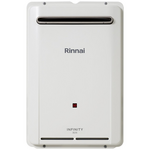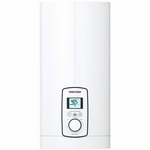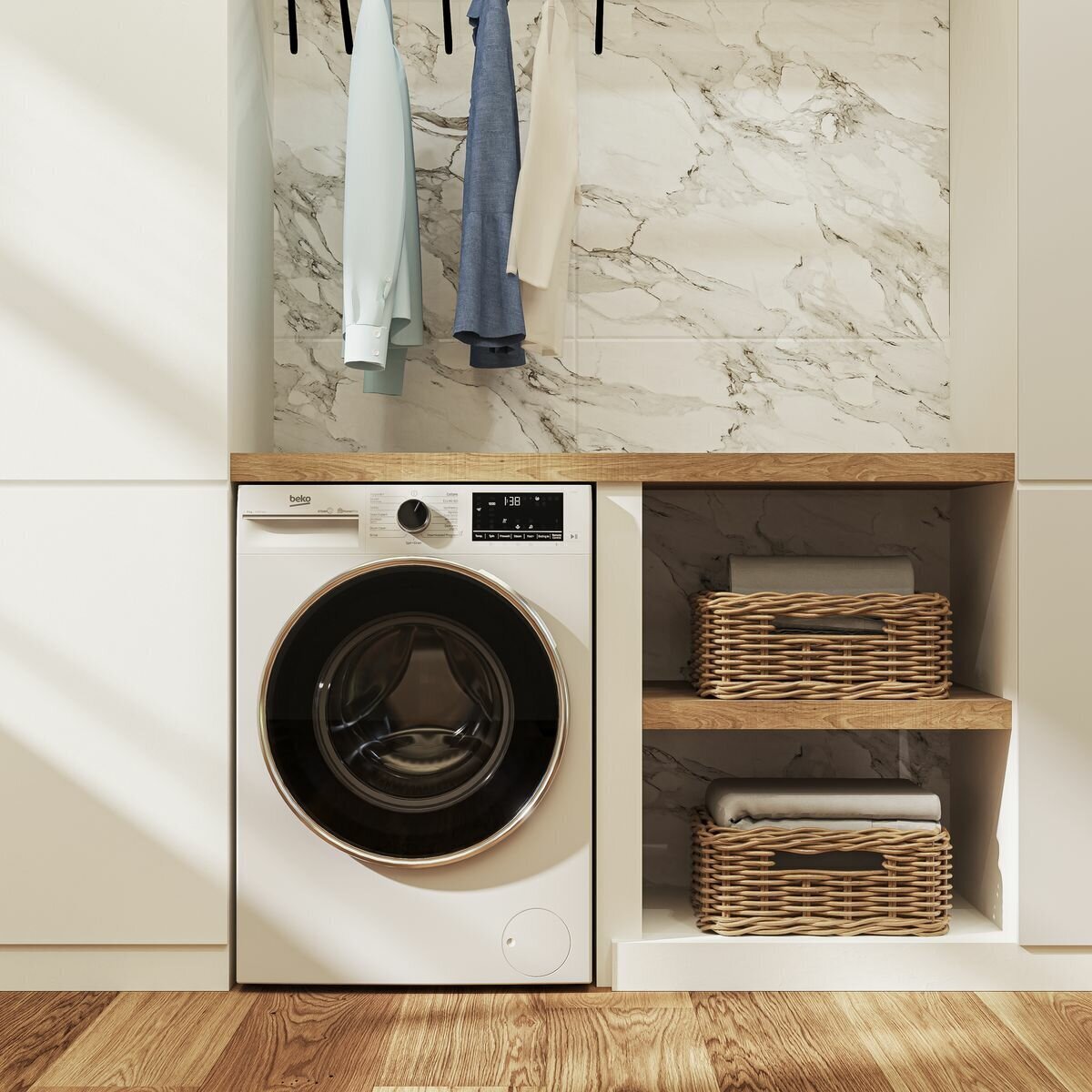
Heating, Cooling & Air Treatment
From climate control to sneeze-free air, tips to feel comfortable and breathe easy at home.
HEATING, COOLING & AIR TREATMENT | 17 JUNE, 2025
6 MIN READ
How can a hot water tank deliver more warm water than its capacity?
Why tank size isn’t your total hot water.

If you're comparing options for a new hot water system, you might notice something puzzling: a storage hot water system with a 250L or 300L tank may claim to deliver 400L or more of usable hot water. So how does a tank give you more than it physically holds?
The answer comes down to how water heating works - and why ‘litres at shower temperature’ is often much higher than the tank’s capacity.
Read 10 of our most popular hot water systems in Australia 2025
Stored hot, delivered warm
Whether it's electric storage, gas storage, or heat pump hot water systems, most tanks heat water to around 60°C. But when you shower or run the washing machine or dishwasher, the hot water is mixed with cold before coming out of the tap at around 38-40°C.
Because of this mixing process, the amount of hot water you actually get at a comfortable temperature is much more than the tank’s rated volume. For example, a 300L hot water heater at 60°C can deliver 500L or more at 40°C when it mixes with cold water of about 15-20°C. That’s why it’s useful to look at both storage and delivered volume. Generally, you can assume that you’d be able to get approximately 1.5 to 1.7 times the tank’s capacity of shower temperature water.
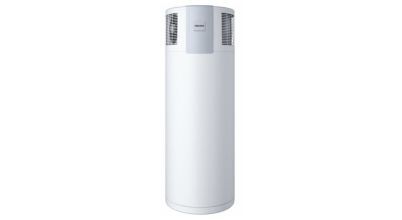
This Stiebel Eltron Heat Pump Hot Water System has an additional element to assist reheating during peak times
Is the water heater reheating while you use it?
Some systems do reheat while water is being drawn from the tank - especially electric hot water systems, gas hot water systems and heat pump models that aren’t restricted to heating water only during off-peak times. One of Appliances Online's top selling heat pump hot water systems by Stiebel Eltron even has an additional ‘booster’ element that activates alongside the heat pump to quickly reheat the top 80L of the tank during high-demand periods.
In these cases, the system starts reheating incoming cold water as soon as hot water is used. However, the reheating process is slower than the rate at which you use hot water, so it can only extend your supply for a limited time.
Having said all this, the higher ‘delivered volume’ isn’t mainly due to that. It’s the mixing with cold water that makes a big difference in how much usable hot water you get.
That’s why many manufacturers provide both a tank capacity and a ‘delivered volume’ - usually based on 40°C water - which better reflects your real hot water usage.
How does this compare to instant hot water?
You can’t directly compare storage systems to instant hot water systems (also known as continuous flow or tankless systems). Instant systems heat water only as needed and are rated according to a flow rate of litres per minute, not total litres. Many run on natural gas or LPG and are popular due to their compact size and energy-efficient operation.
However, a storage hot water system can usually provide a higher water flow to multiple taps at once, making it a good choice for bigger homes with more people and more bathrooms. Gas hot water systems, especially storage models, tend to recover faster than electric ones, but often at higher running costs unless paired with off-peak tariffs.
Find the right capacity hot water system for you
Rinnai Enviroflo 300Ltr Heat Pump Hot Water System GR Series EHPG300VM
Yet to be reviewed
Bosch Natural Gas Internal Continuous Flow Hot Water System 7702331714
Yet to be reviewed
Rinnai Enviroflo 280Ltr Heat Pump Hot Water System GR Series EHPG280VM
Yet to be reviewed
Rinnai Enviroflo 300Ltr Heat Pump Hot Water System AR Series EHPA300VM
Yet to be reviewed
Haier 280L r32 Split System Heat Pump Hot Water System HP300S2-F7
Yet to be reviewed
Haier 330L Monoblock r290 Heat Pump Hot Water System HP330M1U1
Yet to be reviewed
Envirosun 250Ltrs Heat Pump Hot Water System 250LES6013
Yet to be reviewed
Rinnai 315L Hotflo 3.6KW Electric Hot Water Storage EHFA315T36
Yet to be reviewed
Stiebel Eltron SHP-0 300 Plus Heat Pump Hot Water System 204473
Yet to be reviewed
Rinnai Enviroflo 215Ltr Heat Pump Hot Water System GR Series EHPG215VM
Yet to be reviewed
What does that mean for hot water system size?
Choosing the right size hot water system depends on your household size, the number of people who shower at the same time of day, and the water temperature you prefer to shower at. It’s not just about tank capacity - it’s also about how the system performs during peak times.
There are fewer gas storage tank systems available than electric ones, but due to the faster speed at which they heat water, a smaller capacity gas system can have a similar deliverable volume to an electric tank with a larger capacity.
Here’s a quick size guide:
Small households (1-2 people): 125-160L electric or 90-130L gas storage
Medium households (3-4 people): 250–315L electric or 130-170L gas
Larger households (5+ people): 315-400L+ storage or high-capacity continuous flow
It’s worth considering solar hot water systems or heat pump models if one of your objectives is to achieve lower energy costs and potential rebates, especially in warmer parts of Australia like WA, NSW, SA, QLD and the NT. Pairing them with an off-peak schedule can help reduce your running costs even further.
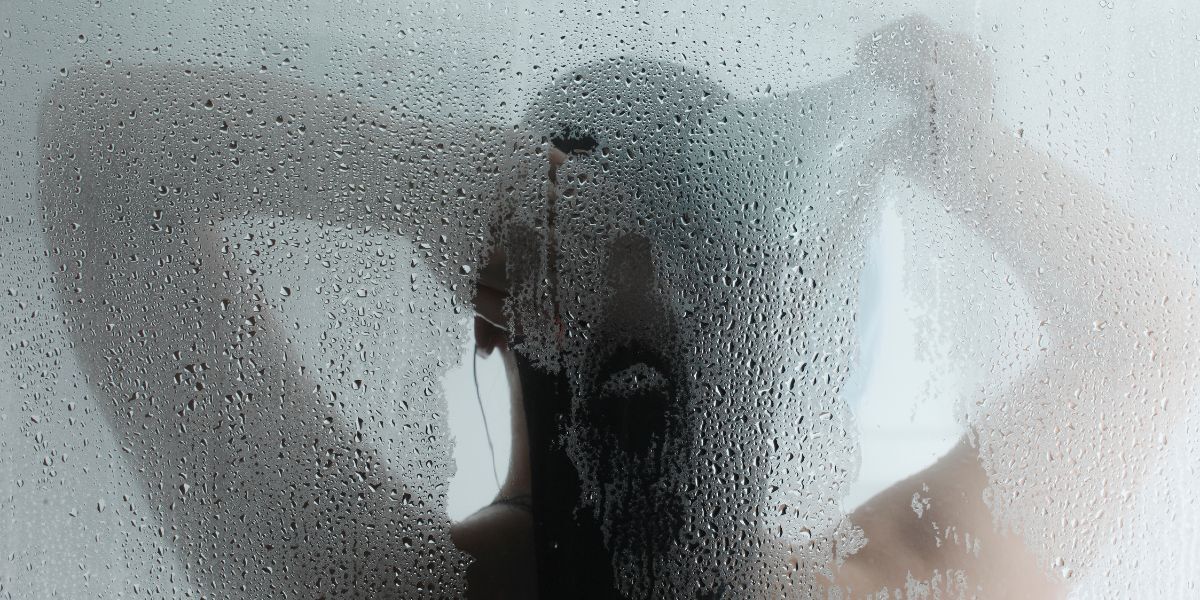
Hot water here we come!
A 250L or 300L hot water heater may seem like it has a fixed capacity, but because hot water is mixed with cold before use, you can get 400L–500L or more at 40°C. That’s why storage systems remain a solid choice for families who don’t want to risk running out of hot water on frosty winter mornings.
When comparing different types of hot water systems, don’t just look at the tank size - also consider delivered volume, hot water needs, energy efficiency, and how you plan to use the system (including whether you have access to off-peak tariffs). If in doubt, a licensed plumber can help you find the right option for your home.
Enjoy hot water sooner with Free Next Day Delivery*!
We can deliver to 95% of Australians, so whether you’re ready to order a new storage tank, heat pump or continuous flow hot water system, odds are that we can get it to you by tomorrow (Mon-Fri), with Appliances Online's legendary FREE delivery. Plus, we offer paid Same Day Delivery in NSW, QLD, and VIC metro areas if you order before 12pm Mon-Fri.
You can check out the full range of water heaters here from brands including Rinnai, Rheem, Bosch and Stiebel Eltron. If you need some pointers on choosing the best type or size for you, call our friendly team 24/7 on 1300 000 500 or message us via the chat icon at the bottom of your screen.

Oli is Appliances Online's editor and blogger, with almost two decades of lifestyle-related writing and editing to his name. With a mission to help you buy better and live smarter, his brand loyalty will forever belong to the appliance manufacturer that develops a self-emptying dishwasher.
Latest Articles
ECO & SAVE
12 DECEMBER 2025
Winning Group wins Banksia Sustainability Award 2025
For leadership in the circular economy
HOME LIVING+
9 DECEMBER 2025
The best of the best: Our most popular appliances in 2025
Popular picks for the kitchen, laundry and home.
HOME LIVING+
9 DECEMBER 2025
Buying a Beko – What customers think
A lower price point and longer warranty aren't this brand's only strong points.
LAUNDRY
9 DECEMBER 2025
10 of the most popular top load washing machines in Australia 2025
Prefer a top loader but not sure which to pick? Let us help
More Like This
ECO & SAVE
12 DECEMBER 2025
Winning Group wins Banksia Sustainability Award 2025
For leadership in the circular economy
HOME LIVING+
9 DECEMBER 2025
Buying a Beko – What customers think
A lower price point and longer warranty aren't this brand's only strong points.
LAUNDRY
9 DECEMBER 2025
10 of the most popular top load washing machines in Australia 2025
Prefer a top loader but not sure which to pick? Let us help


